Language English Pages 358 OCLC 49747633 Subject History | Publication date 1990 ISBN 0-385-26520-4 Dewey Decimal 902/.07 20 Genre Non-fiction Country United States of America | |
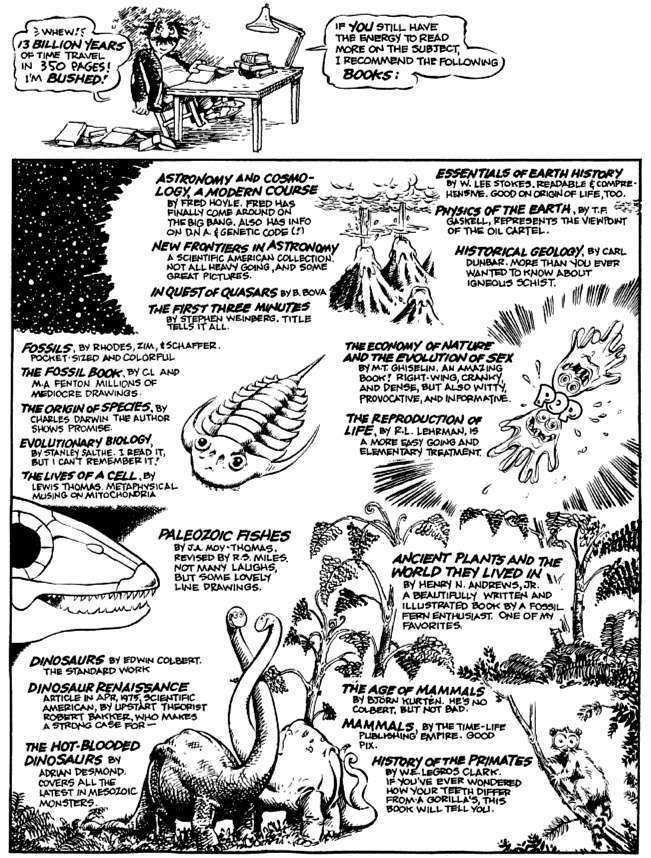 | ||
Books The Cartoon History of, The Cartoon History of, The Cartoon History of | ||
Download larry gonick s the cartoon history of the universe book 1 pdf
The Cartoon History of the Universe is a book series about the history of the world. It is written and illustrated by American cartoonist, professor, and mathematician Larry Gonick, who started the project in 1978. The final two volumes, published in 2007 and 2009, are named The Cartoon History of the Modern World volumes one and two. The final volume covers history from the late 18th century to early 2008.
Contents
- Download larry gonick s the cartoon history of the universe book 1 pdf
- Illustration style
- Narrative framework
- Point of view
- Humor
- Unorthodox citations
- Antecedents
- The series
- References
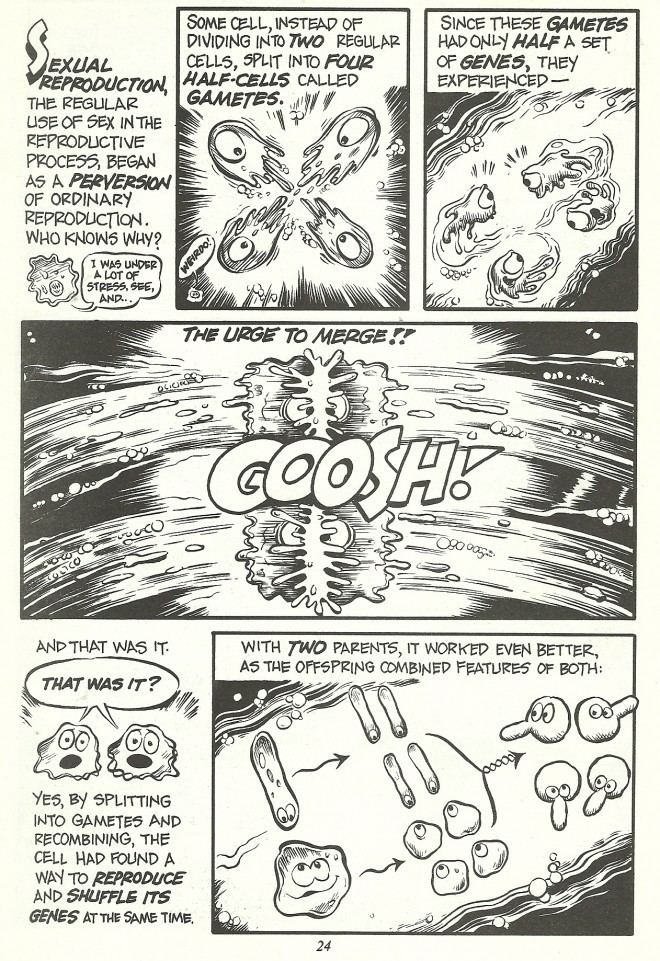
Each book in the series explains a period of world history in a loosely chronological order. Though originally published in limited runs as comic books, the series is now published in trade paperback volumes of several hundred pages each. The books have been translated into many languages, including Portuguese, Greek, Czech and Polish.

While seeking a publisher, Gonick received early support from Jacqueline Kennedy Onassis, who worked as an editor at Doubleday and championed The Cartoon History of the Universe's publication.
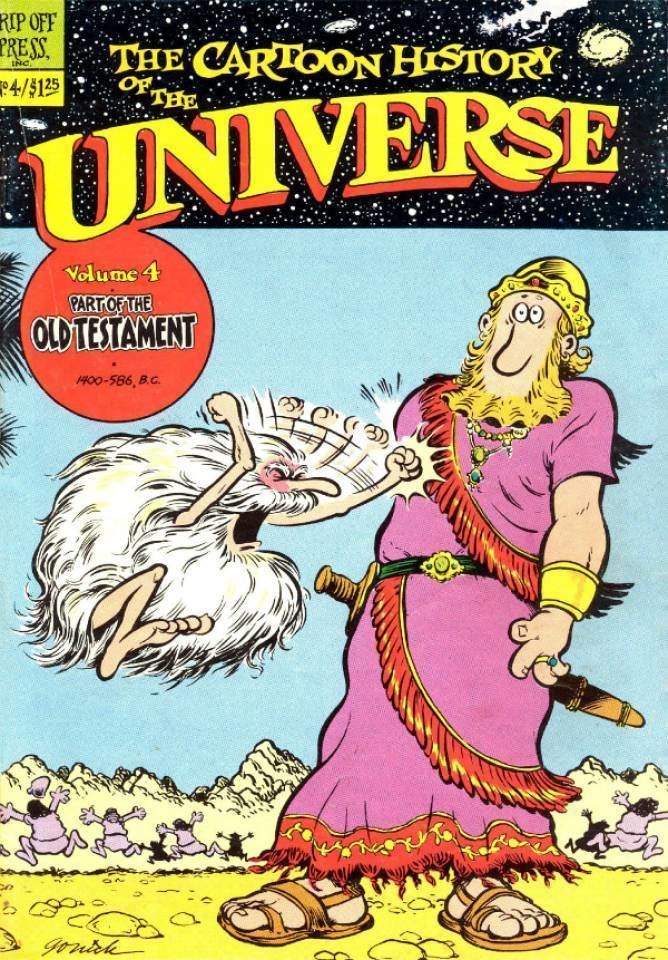
Illustration style
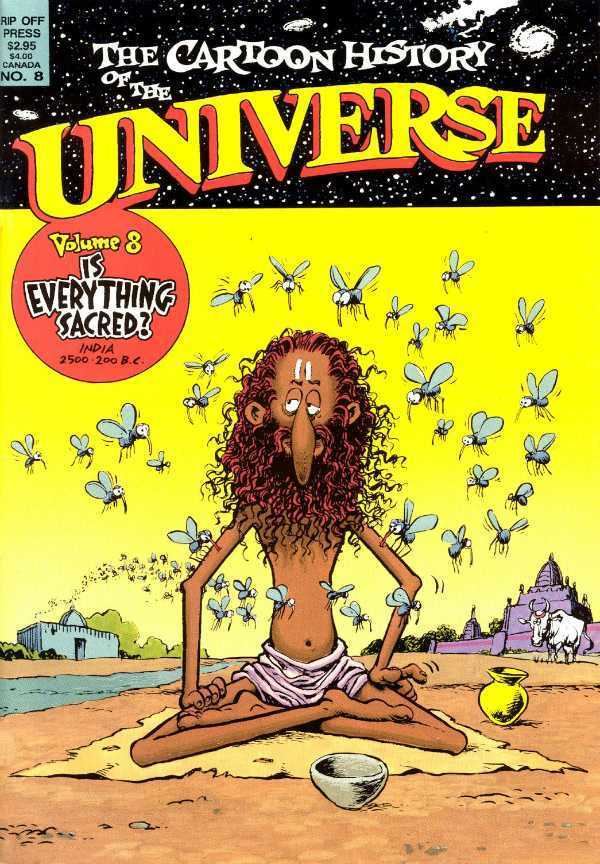
The Cartoon History is illustrated in a black-and-white cartoon style. Gonick occasionally uses crosshatching and other realistic drawing techniques, but he primarily draws with a lively brush-and-ink squiggle that resembles Bill Watterson's Calvin and Hobbes, Walt Kelly's Pogo, and René Goscinny and Albert Uderzo's Astérix. Occasionally, as in the sequences on India in the second book, he mimics Gilbert Shelton's style from The Fabulous Furry Freak Brothers.
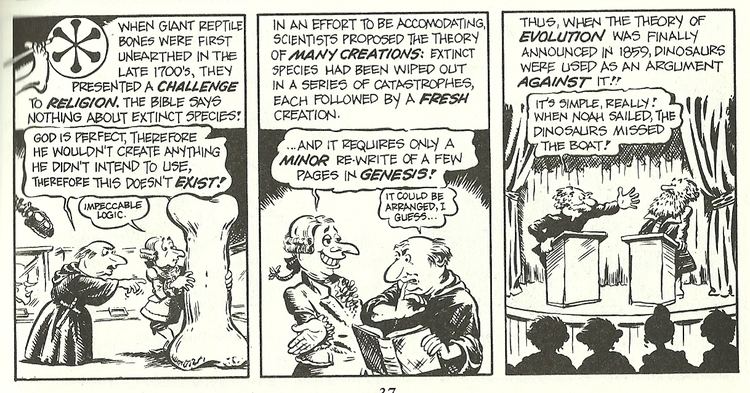
His tribute to Asterix is explicit. When Gauls are depicted, not only do they often resemble Goscinny and Uderzo's characters Asterix and Obelix, but when Gonick treats the Gallic invasion of Italy (390 – 387 BCE), the characters, along with Vitalstatistix, appear unmistakably (Vitalstatistix is transported on a shield, Asterix pummels a Roman soldier, etc.); and as they trudge off into the sunset, the speech balloon reads "Come on, Asterix! Let's get our own comic book."
Narrative framework
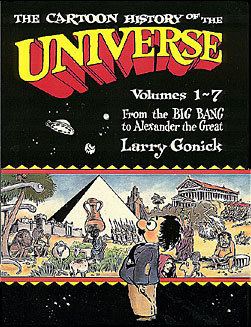
Each volume or chapter begins with a one- or two-panel introduction. An Einstein-like Professor (representing Gonick's authorial voice) prepares to travel in his time machine to whatever place or era the chapter is about. The Professor reads a passage from a historical book, which activates the "time machine," a literary device. For example, the Professor reads a book about dinosaurs to introduce Volume 1 about prehistory. He reads from Hans Zinsser's Rats, Lice and History before Volume 19 about the Black Death. This introduction provides a bridge to the action, the main narrative of each chapter.
Point of view
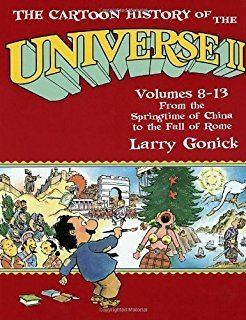
Any history book has a point of view, and Larry Gonick's might best be described as "humanist." However, it is not written in the style of a didactic textbook. Instead, Gonick fleshes out history into a long yarn, injecting characterization into historical personages, continually reporting gory anecdotes, and focusing on quirky details—all backed up by research—to enliven his subject. He reports both the greatness of human achievement and acknowledges humanity's savagery.

In addition to being a straight (though unusual) history, The Cartoon History helps readers understand historical cause and effect—how the past relates to the present. It explains the motivations behind human beings' discoveries, inventions, explorations, wars, triumphs, and mistakes. Gonick's editorial aim seeks to do justice to every point of view.
Humor
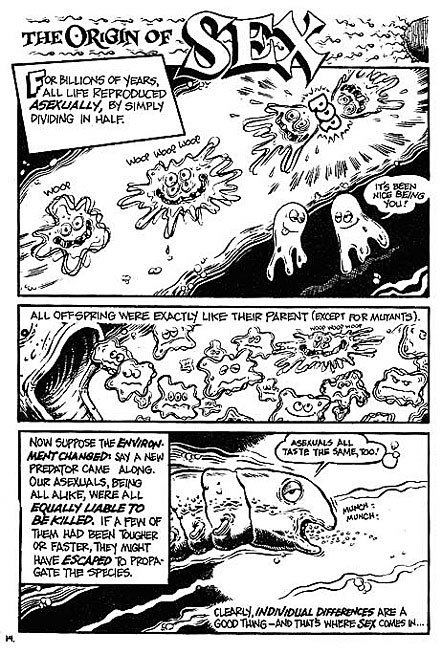
Gonick consistently uses elements of satire and juxtaposition to find the most humor in every situation. For example, one cartoon panel depicts the barbarism of a group of Huns who had elephants herded off a cliff for their sadistic enjoyment. One Hun exclaims with an oafish grin, "My emotions are valid!"—juxtaposing the Hun's brutal barbarism with an anachronistic, post-modern view of his own cruelty [3].
Also noteworthy is Gonick's use of caricature. For example, he depicts the weaselly Robert Guiscard, the 11th-century Norman adventurer, as an anthropomorphic weasel, an allusion to Guiscard's name and cunning nature, and depicts Babur, the 16th-century founder of the Mughal Empire with buckteeth (an allusion to the theory that the conqueror's name means "beaver").
Unorthodox citations
Consistently enthusiastic in tone, Gonick uses each collection's bibliography to promote historical literacy. At the end of each published collection, Gonick thoroughly cites his sources. But rather than relying upon an ordinary, typeset bibliography, Gonick sustains his unorthodox style and exuberant tone as the Professor takes the reader through a cartoon tour of his sources.
"The Cartoon History" extensively explores topics like evolutionary science, physics, astronomy, and ancient history. Consequently, Gonick has primarily consulted original texts in these fields instead of secondary sources or anthologies. Among these primary materials are significant works such as national epics, cultural documents, and sacred texts, including Homer's "Iliad," the "Rig Veda" from India, and the Bible. In this way he prompts his readers also to read the primary sources.Antecedents
Gonick's work is not the first comic history in English: an early series of comic histories was published in Victorian England: Comic History of England (1847–48) and Comic History of Rome (1852), by author Gilbert Abbott à Beckett, illustrator John Leech.
The series
Beginning with its original comic book Volume 1 in 1977, the complete series covers world history through 2008.
- Gonick, Larry (1990). The Cartoon History of the Universe – From the Big Bang to Alexander the Great (Volumes 1–7). Doubleday. p. 368. ISBN 0-385-26520-4.
- Gonick, Larry (1994). The Cartoon History of the Universe II – From the Springtime of China to the Fall of Rome (Volumes 8–13). Doubleday. p. 305. ISBN 0-385-42093-5.
- Gonick, Larry (2002). The Cartoon History of the Universe III – From the Rise of Arabia to the Renaissance (Volumes 14–19). Doubleday. p. 300. ISBN 0-393-32403-6.
- Gonick, Larry (2006). The Cartoon History of the Modern World – Volume 1: From Columbus to the U.S. Constitution. Collins. p. 272. ISBN 0-06-076004-4.
- Gonick, Larry (2009). The Cartoon History of the Modern World – Volume 2: From the Bastille to Baghdad. Collins. p. 272. ISBN 0-06-076008-7.
